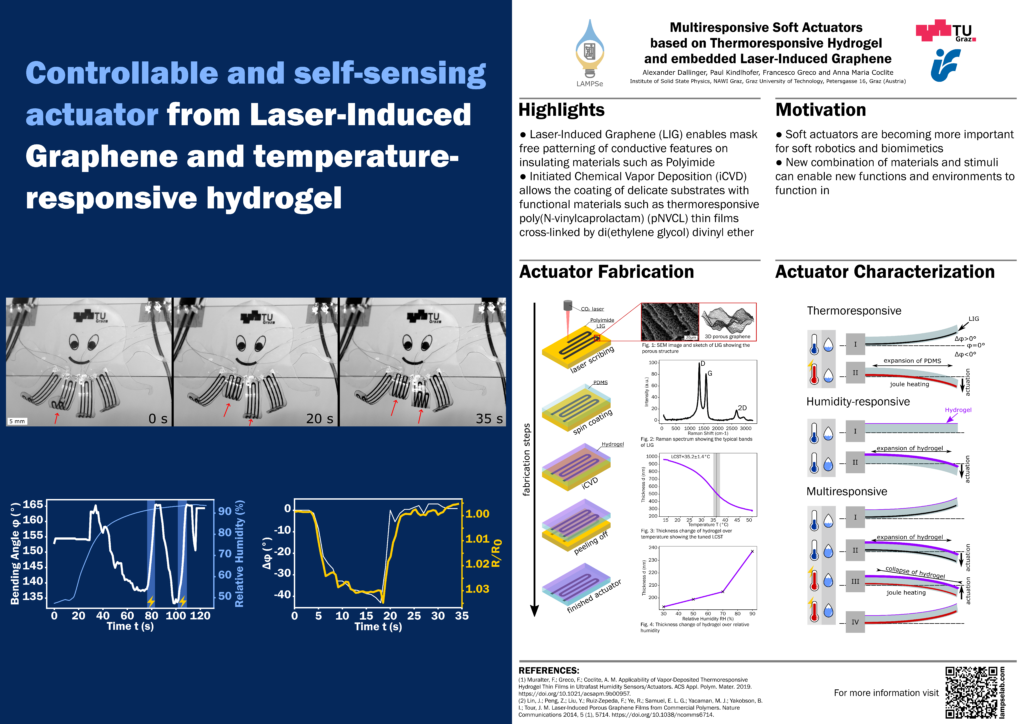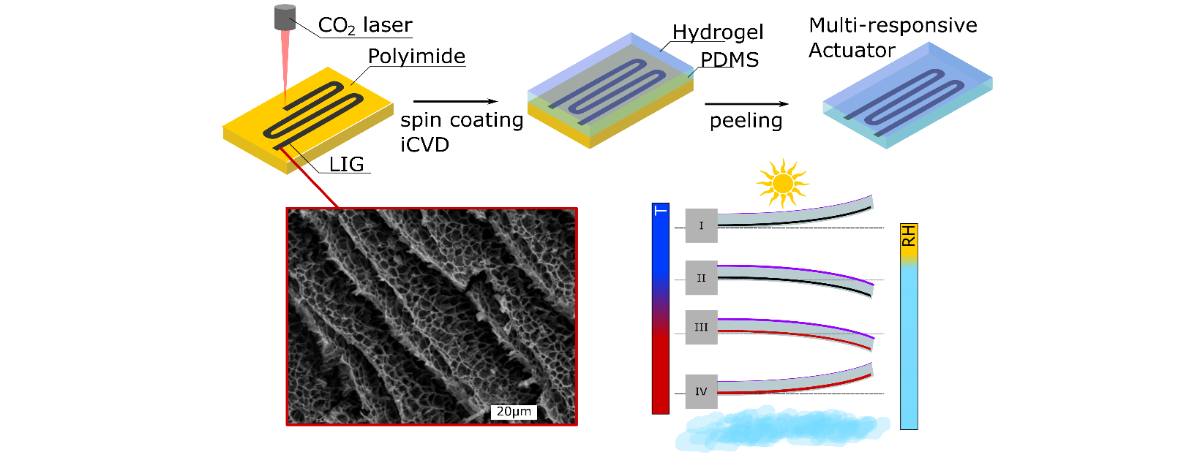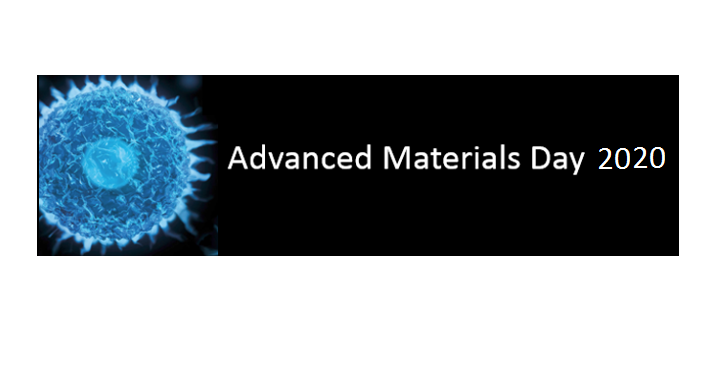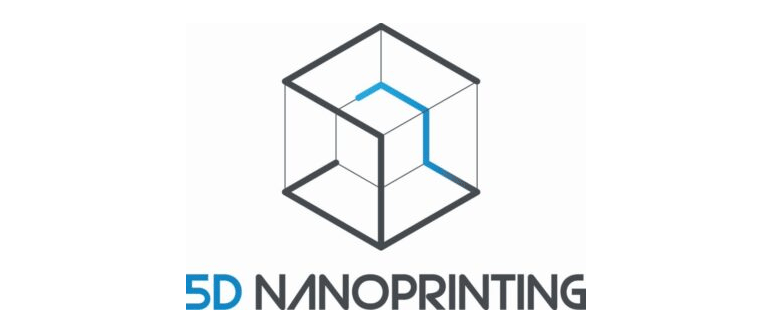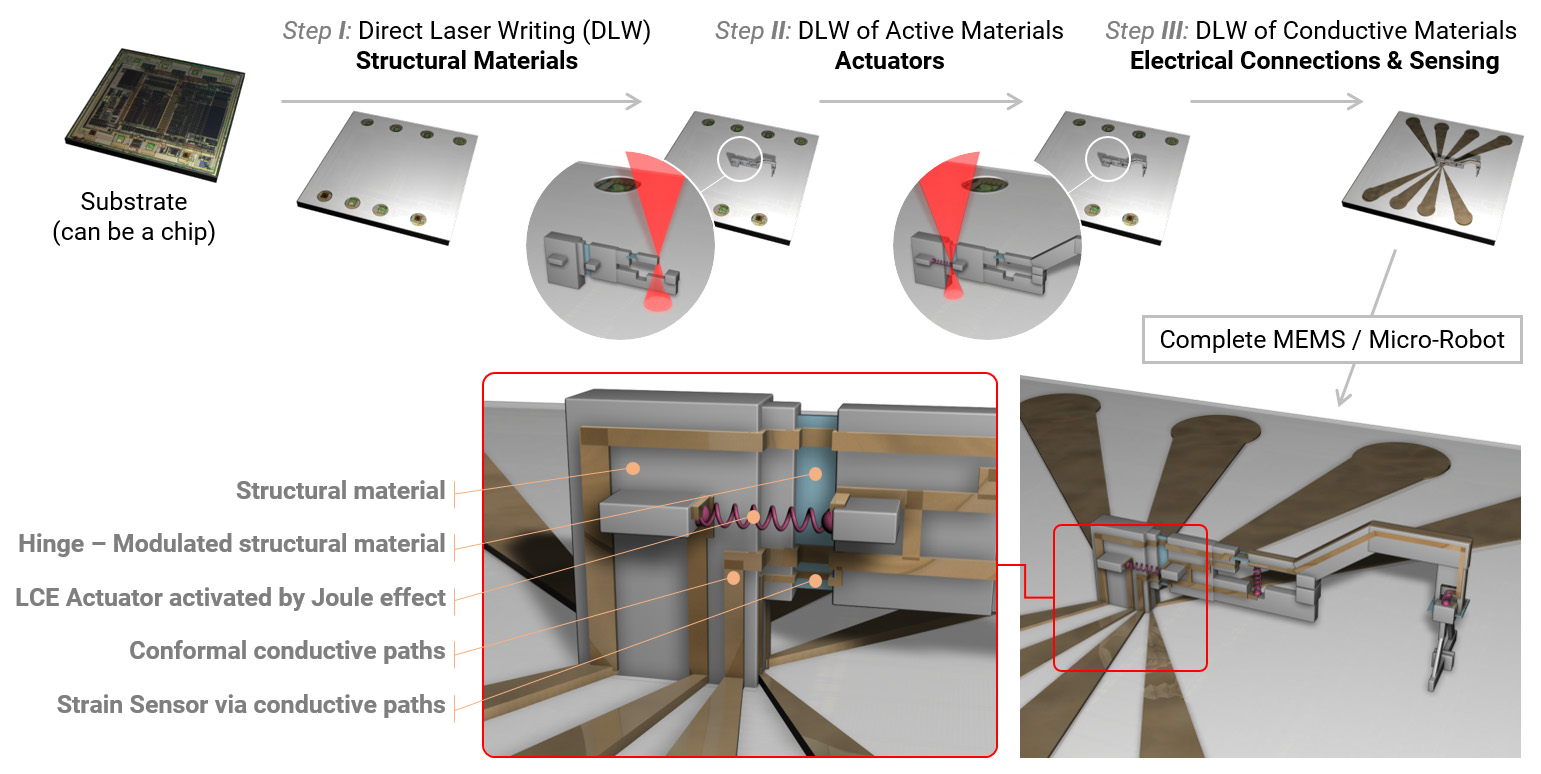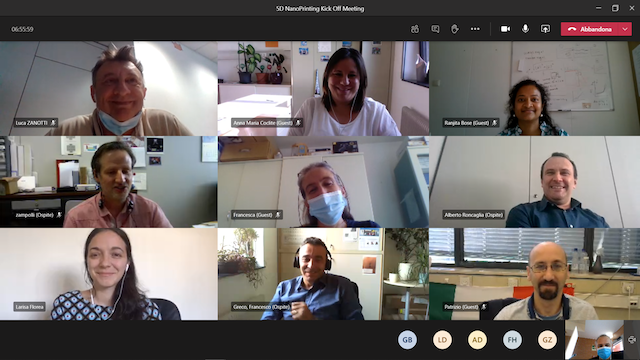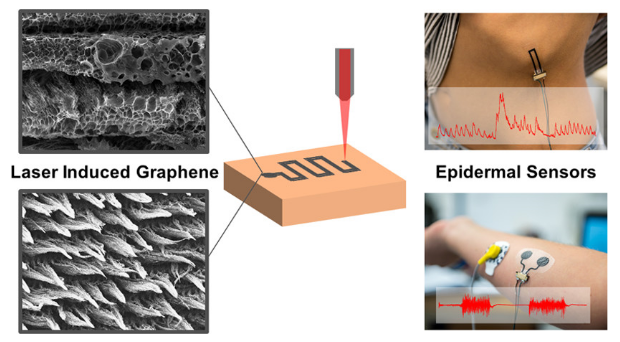“Multiresponsive Soft Actuators based on Thermoresponsive Hydrogel and embedded Laser-Induced Graphene”
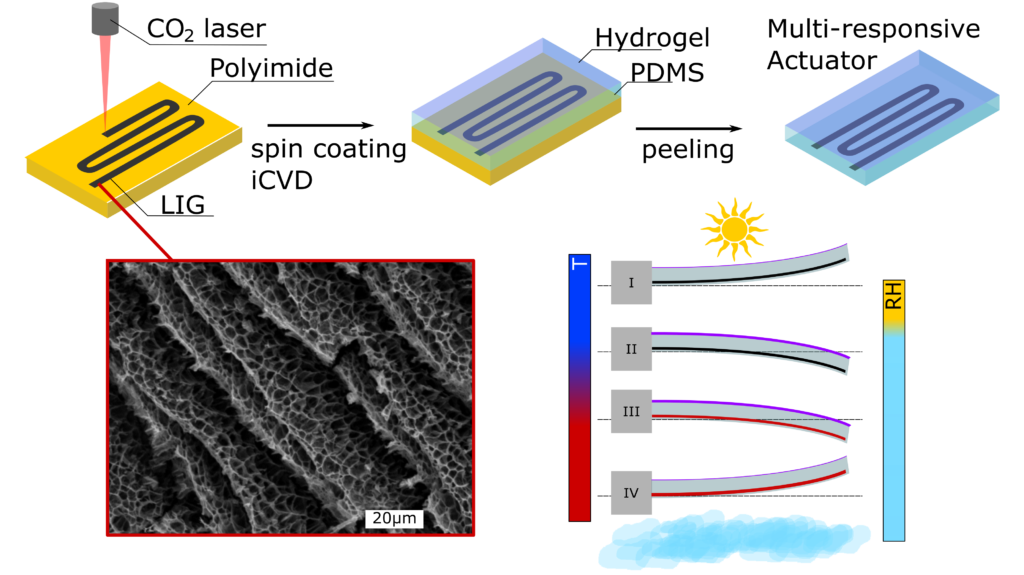
Alexander Dallinger, Paul Kindlhofer, Francesco Greco and Anna Maria Coclite
Publication Date: March 9, 2021
https://doi.org/10.1021/acsapm.0c01385
Short presentation of the multiresponsive actuators
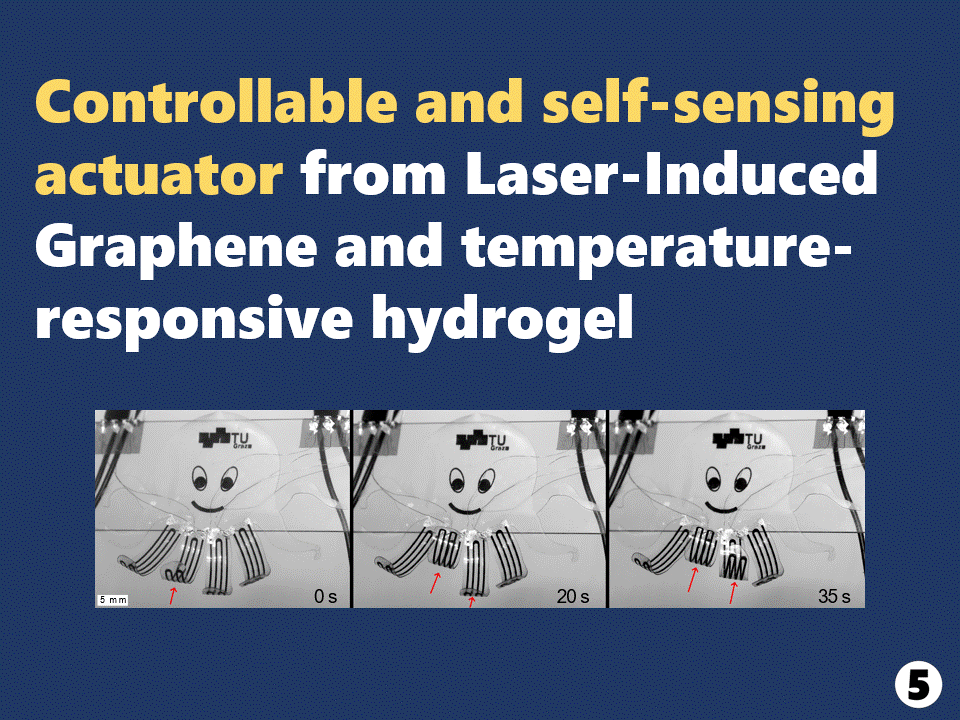
Abstract
The method of converting insulating polymers into conducting 3D porous graphene structures, so called laser-induced graphene (LIG) with a commercially available CO2 laser engraving system in an ambient atmosphere, resulted in several applications in sensing, actuation and energy. In this paper we demonstrate a combination of LIG and a smart hydrogel (poly(N-vinylcaprolactam) – pNVCL) for multiresponsive actuation in a humid environment. Initiated chemical vapor deposition (iCVD) was used to deposit a thin layer of smart hydrogel onto a matrix of PDMS and embedded LIG tracks. An intriguing property of smart hydrogels, such as pNVCL, is that the change of an external stimulus (temperature, pH, magnetic/electric fields) induces a reversible phase transition from a swollen to a collapsed state. While the active smart hydrogel layer had a thickness of only 300 nm (compared to the 500 times thicker actuator matrix), it was possible to induce a reversible bending of over 30° in the humid environment triggered by joule heating. The properties of each material were investigated by means of scanning electron microscope (SEM), Raman spectroscopy, tensile testing and ellipsometry. The actuation performances of single-responsive versions were investigated by creating a thermoresponsive PDMS/LIG actuator and a humidityresponsive PDMS/pNVCL actuator. These results were used to tune the properties of the multiresponsive PDMS/LIG/pNVCL actuator. Furthermore, the capabilities of self-sensing were investigated. By getting a feedback from the piezoresistive change of the PMDS/LIG composite the bending angle could be tracked by measuring the change in resistance. To highlight the possibilities of the processing techniques and the combination of materials, a demonstrator in the shape of an octopus with four independently controllable arms was produced.
Presentation @ DocDay 2021
